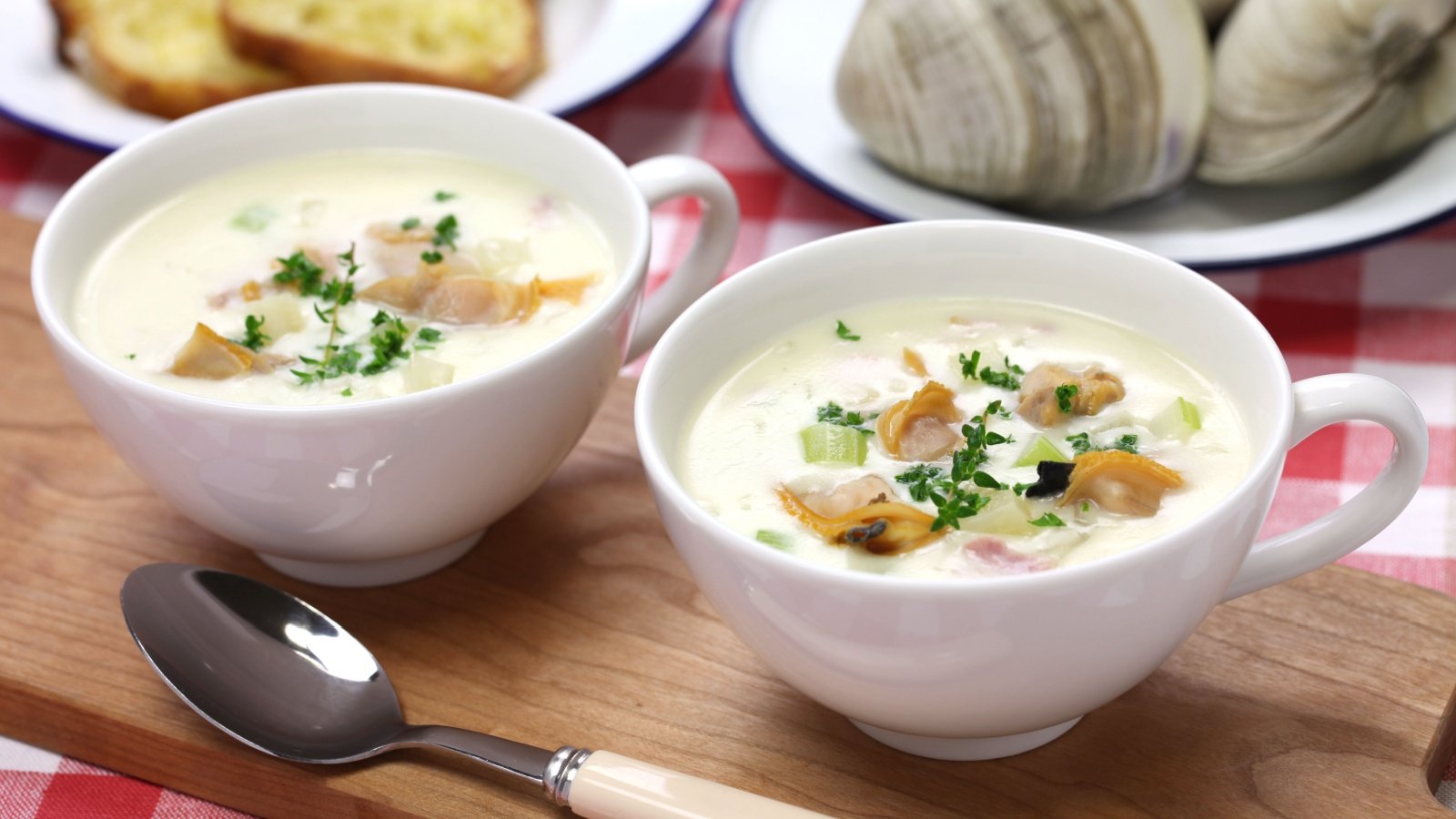Baby boomers have witnessed decades’ worth of culinary trends sweep across their dining tables. Their affinity for certain foods tells a story of comfort, convenience, and evolution in American cuisine.
This generation has seen it all: from the rise of TV dinners to elaborate Jell-O salads to every manner of casserole. They were even there to witness the meteoric rise of McDonald’s.
Here, we explore the most beloved American dishes among baby boomers. Some are timeless classics, while others are best left in the past.
Meatloaf

Meatloaf became a staple on dinner tables across America during the 1950s. This comfort food blends ground meat, breadcrumbs, and seasonings, baked into a hearty loaf. Its popularity persists among baby boomers.
Pot Roast
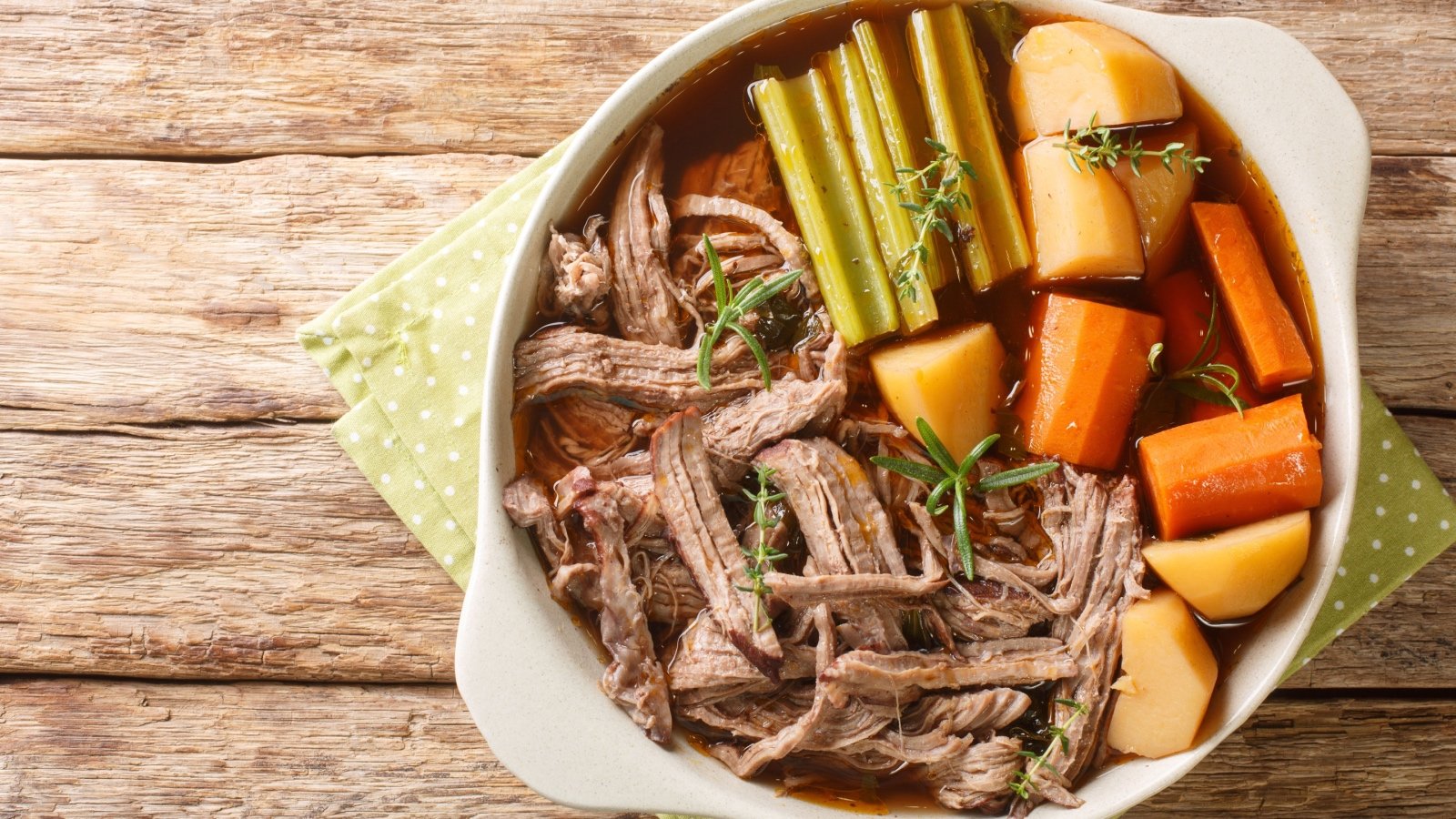
Slow cooked to tender perfection, pot roast symbolizes the Sunday family meal. Originating from the need to make tough meats palatable, this dish uses slow cooking to break down the fibers in beef. Each bite offers a rich blend of meaty flavor and vegetables.
Tuna Casserole

The tuna casserole, a quintessential dish of the post-war era, combines noodles, canned tuna, and a creamy sauce topped with crispy breadcrumbs. It rose to popularity as an economical meal that could feed a whole family. The dish remains a comfort classic for older generations.
Green Bean Casserole

Invented in 1955 by the Campbell Soup Company, green bean casserole quickly became an iconic dish. It features green beans, cream of mushroom soup, and crunchy fried onions. Today, it’s a must-have at many Thanksgiving dinners.
Baked Alaska

Baked Alaska, featuring ice cream encased in meringue and browned in the oven, offers a show-stopping end to any meal. Though it sounds modern, its origins date back to the 1867 celebration of Alaska’s acquisition.
Chicken Pot Pie

Chicken pot pie is a creamy, comforting blend of chicken, vegetables, and a flaky crust. Originally a way to stretch leftover meats, it has become synonymous with homestyle comfort. Its enduring appeal lies in its familiar flavors and satisfying depth.
Jell-O Salad

Jell-O salad became a colorful staple of 1960s dinner parties. The versatility of this dish allowed for endless variations, often including vegetables or even seafood. Despite its polarizing nature, it holds a fond place in the hearts of many boomers.
Pineapple Upside-Down Cake

Pineapple upside-down cake became a hit for its sweet, caramelized fruit topping. Its preparation involves baking cake batter on top of a layer of pineapple rings and cherries, then flipping it to reveal the design.
Beef Stroganoff
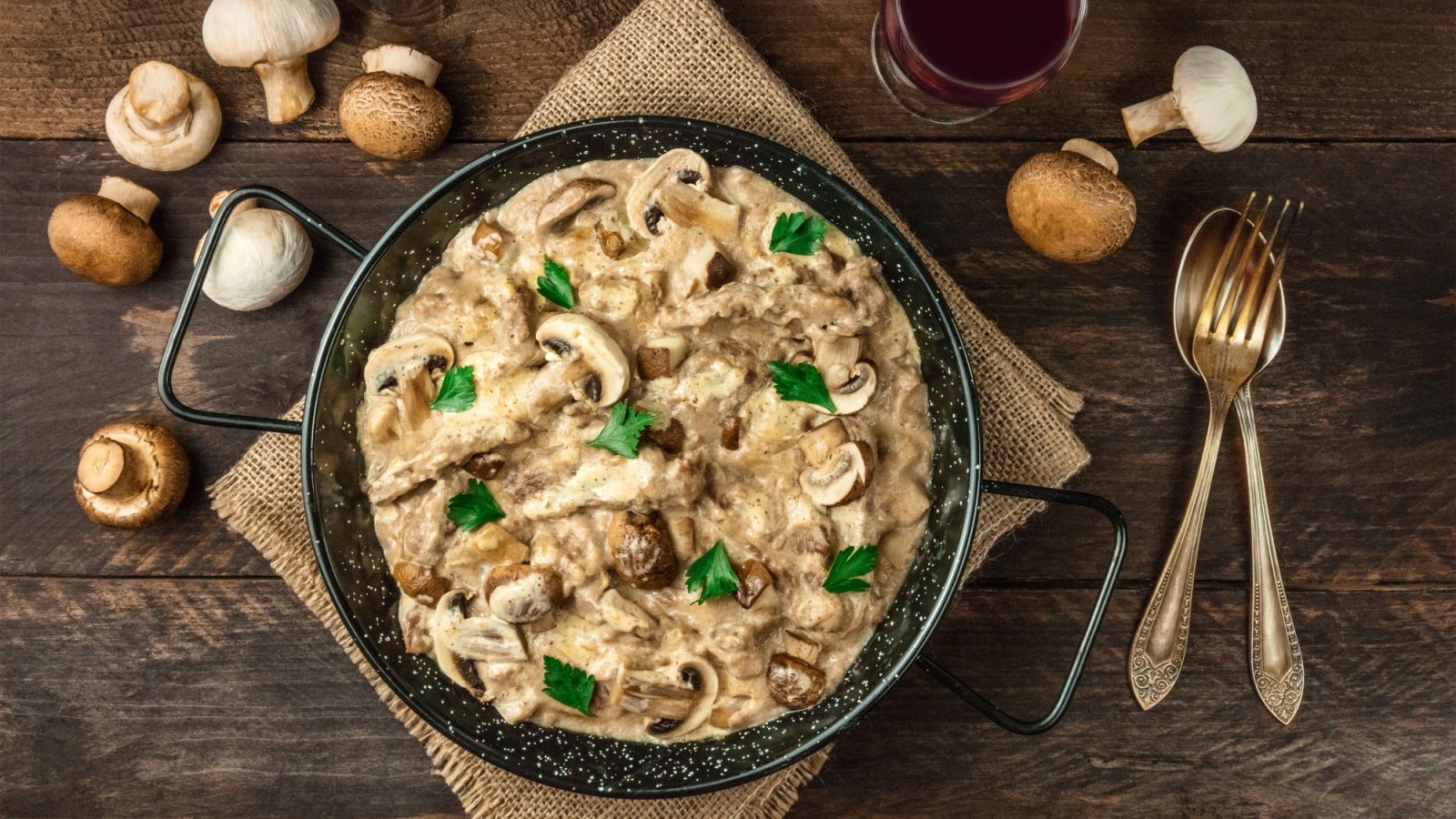
Beef Stroganoff was embraced by American families in the mid-20th century. It features strips of beef in a rich sour cream sauce, often served over noodles or rice. Its creamy texture and robust flavors have made it a beloved comfort dish among older generations.
Liver and Onions
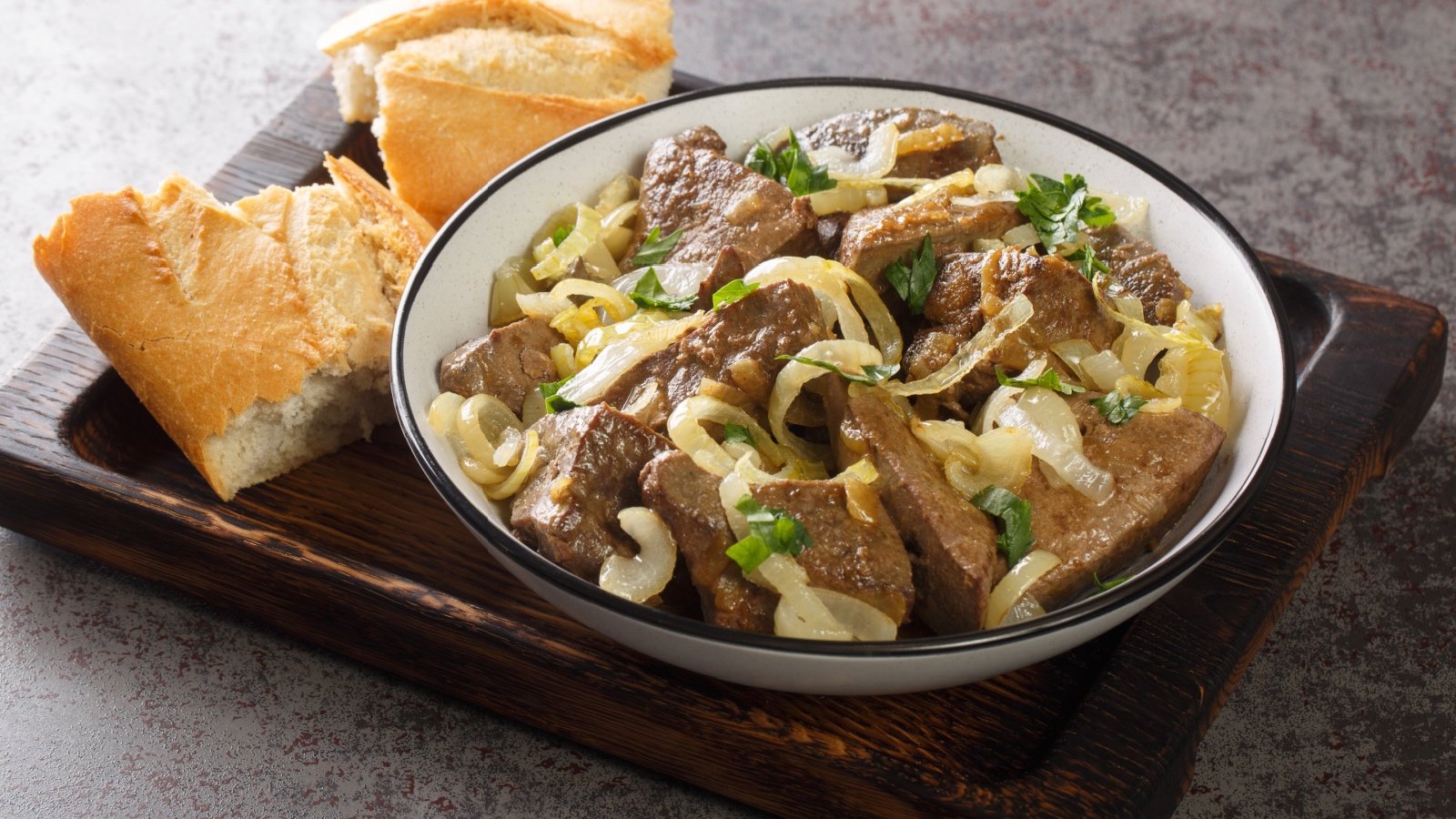
Liver and onions was a dish commonly served in many American households during the 1950s and 1960s. This combination offers a high content of iron and vitamins from the liver complemented by the sweet, caramelized onions.
Clam Chowder
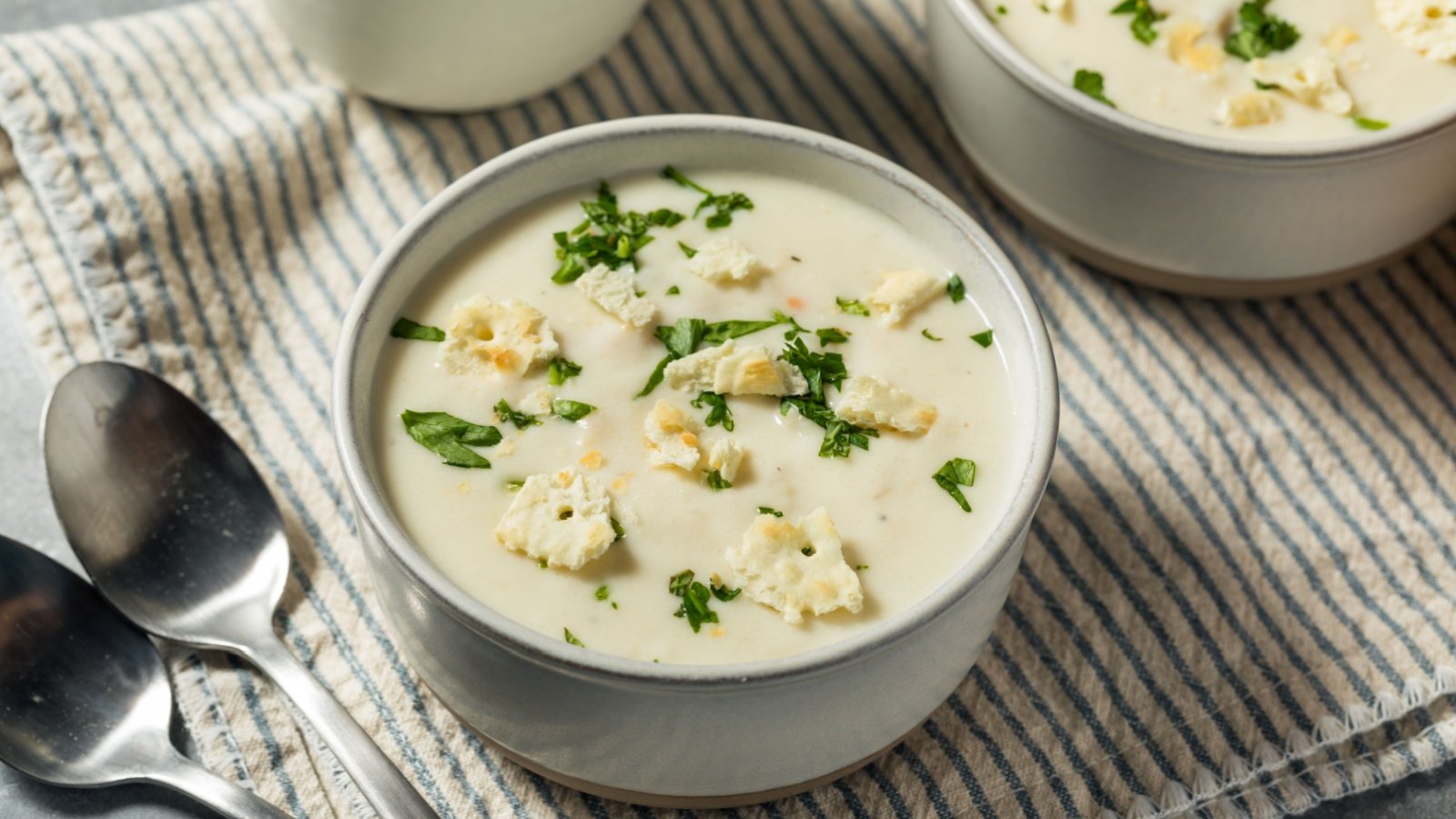
New England clam chowder is a hearty soup enriched with potatoes, onions, and sometimes bacon, creating a full-bodied flavor. It’s a culinary staple that speaks to the heart of American seafood tradition.
Ambrosia Salad

Ambrosia salad, a festive concoction of fruit, coconut, and marshmallows, often graced holiday tables during the boomer era. Its sweet, creamy texture and colorful appearance make it a nostalgic favorite.
Cornbread
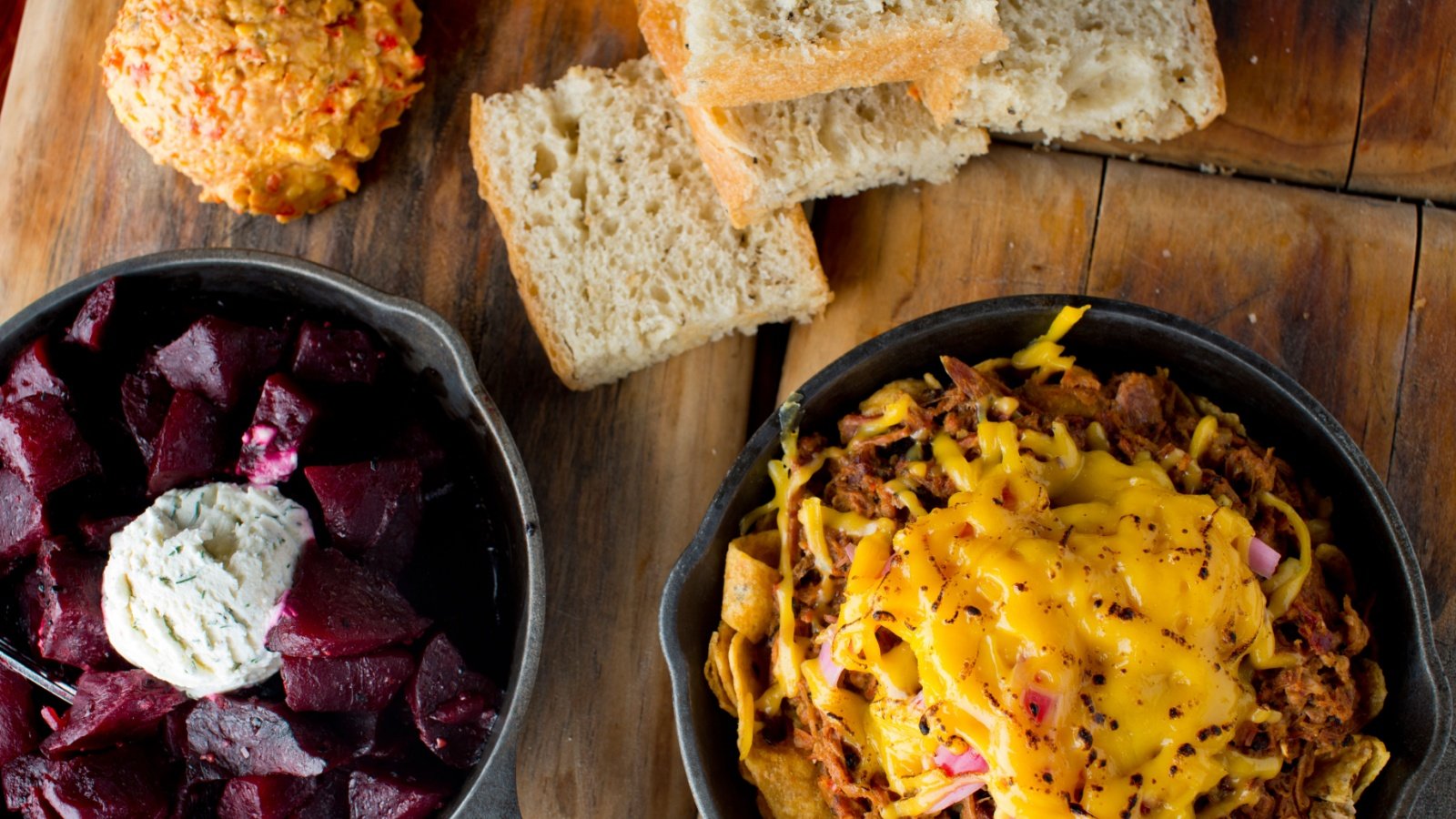
Cornbread, an essential of Southern American cuisine, has been a basic part of meals since Native American times. Made from cornmeal, it can be baked, fried, or steamed, showing its versatility. This bread’s rich, buttery flavor continues to be a favored side dish.
Deviled Eggs

Deviled eggs, a popular party food, involve halved boiled eggs filled with a creamy, tangy yolk mixture. They gained prominence in the 1940s as an elegant appetizer at gatherings. Today, they are still popular at potlucks.
Peach Cobbler

Peach cobbler, with its bubbly filling and biscuit-like topping, is a revered Southern dessert. Originating in the 19th century as a simplified version of traditional British pies, it uses fresh peaches and dough.
Spaghetti and Meatballs

Spaghetti and meatballs became an emblematic American dish despite its Italian roots, especially prevalent during the 20th century. Large, flavorful meatballs top a bed of spaghetti, all smothered in tomato sauce.
Fried Chicken
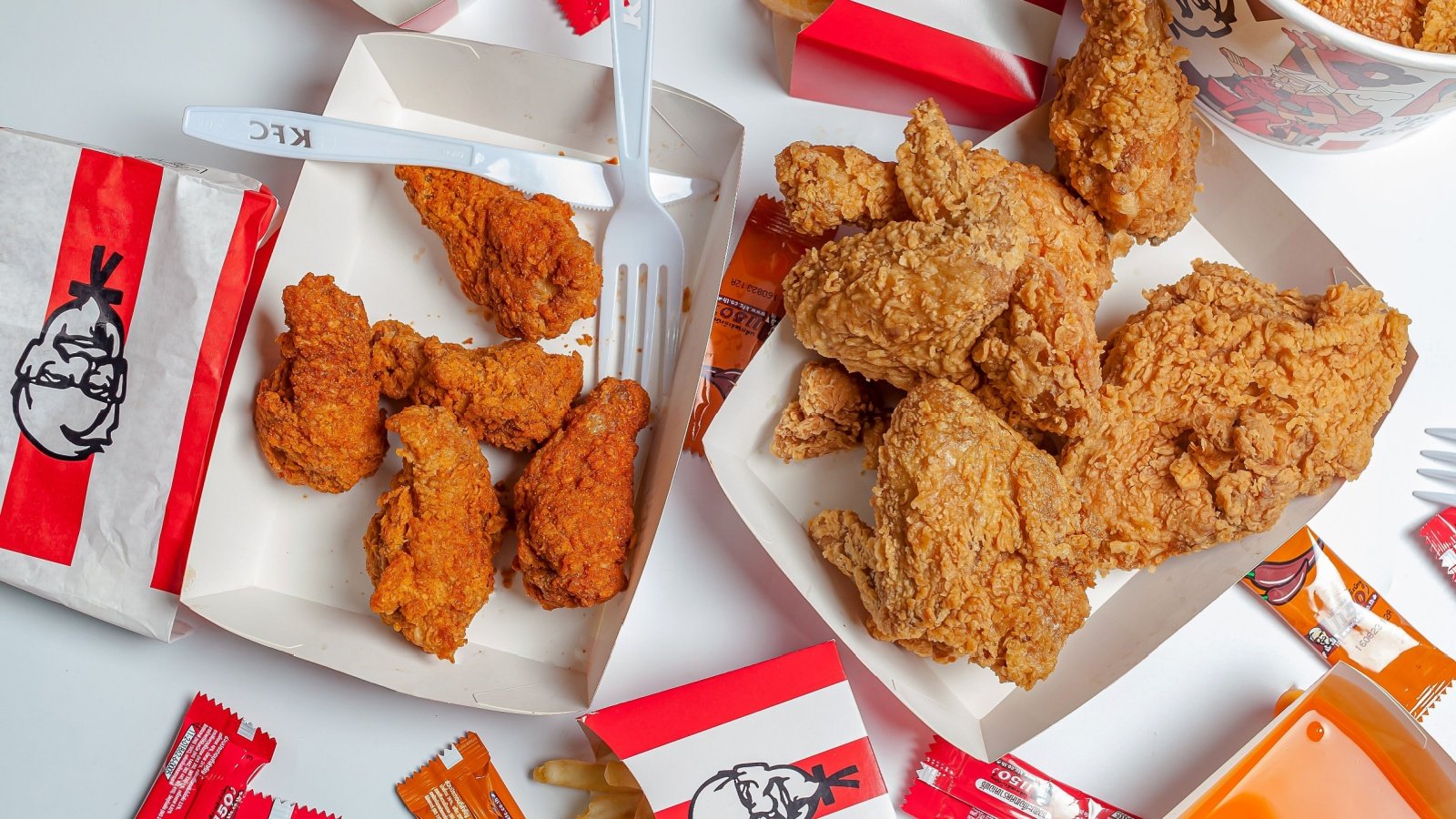
Who doesn’t love fried chicken? Crispy on the outside, juicy on the inside, and often seasoned with a blend of spices—its universal appeal lies in its delicious contrast of textures and flavors.
Waldorf Salad
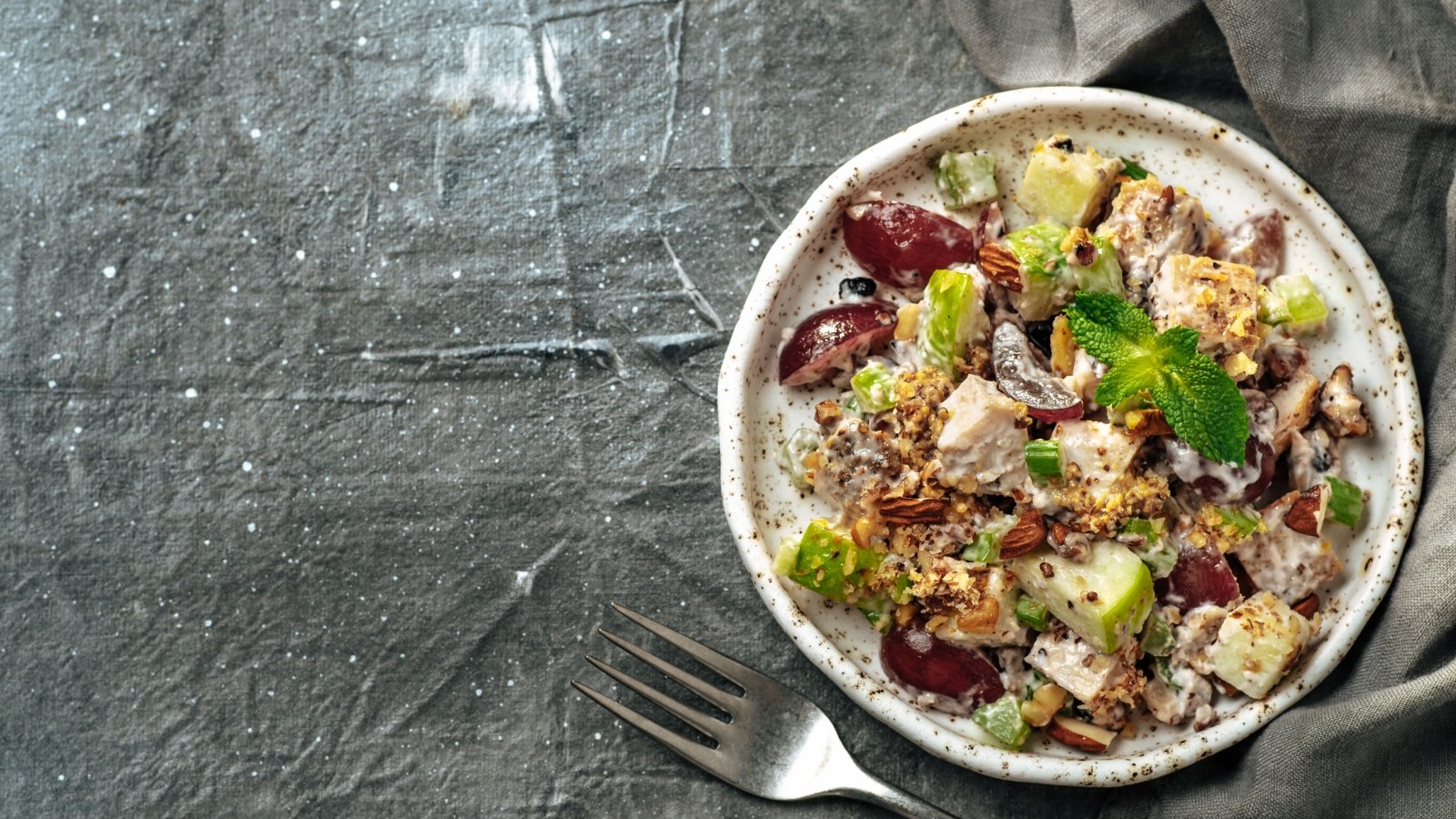
The Waldorf salad, first created at New York’s Waldorf-Astoria Hotel in 1896, combines apples, celery, and walnuts in a mayonnaise dressing. This crisp, refreshing dish became a symbol of sophistication in American dining.
Chili

Chili, a robust stew of meat, chili peppers, and beans, showcases the flavors of the American Southwest. It evolved from the recipes of Spanish immigrants and Native Americans. Chili cook-offs have turned this dish into a competitive sport.
Macaroni and Cheese
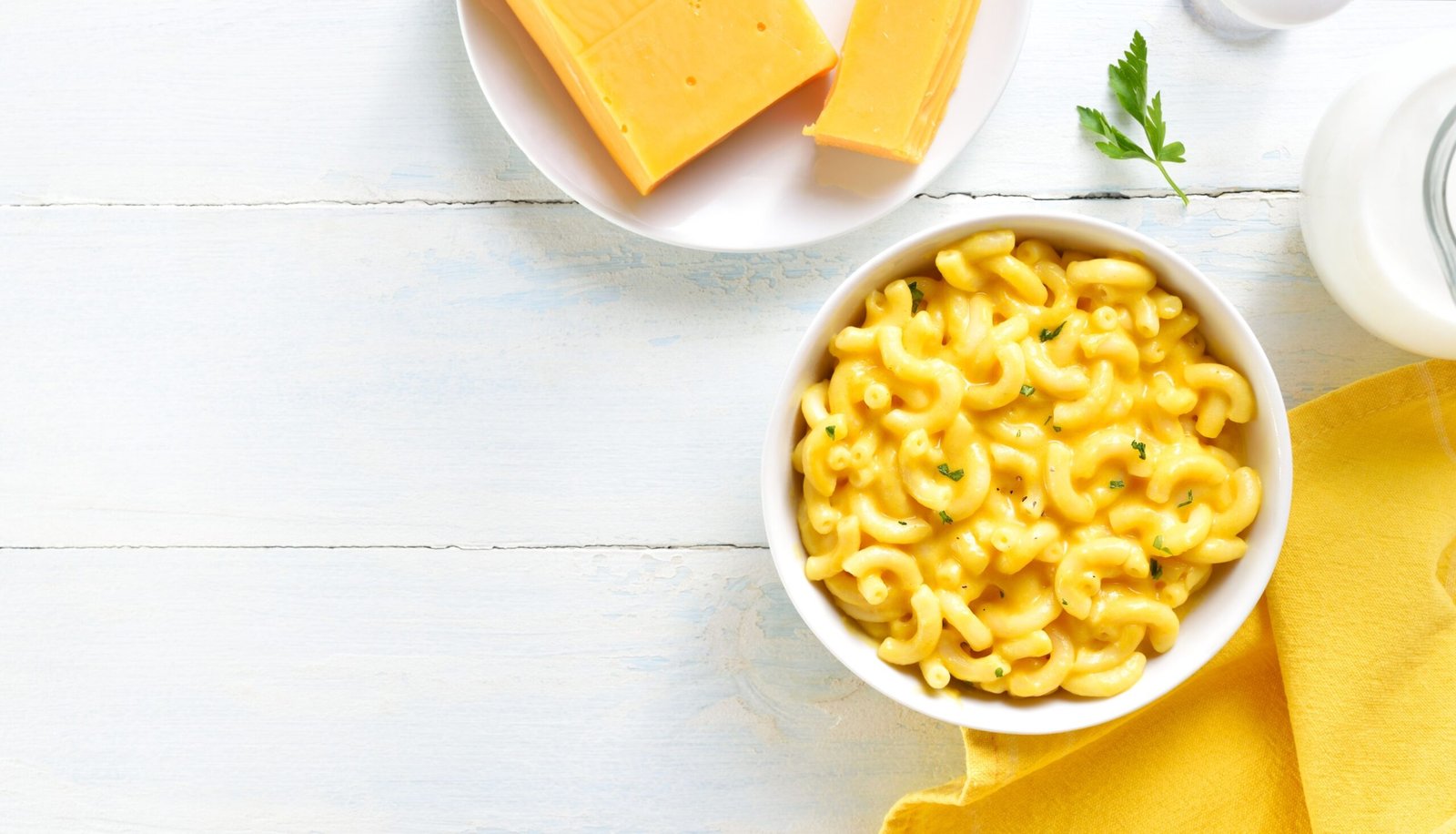
This creamy, cheesy pasta dish appeals to all ages, with its rich sauce and tender noodles. It holds a special place in the comfort food category, often reminding boomers of their childhood.
Apple Pie
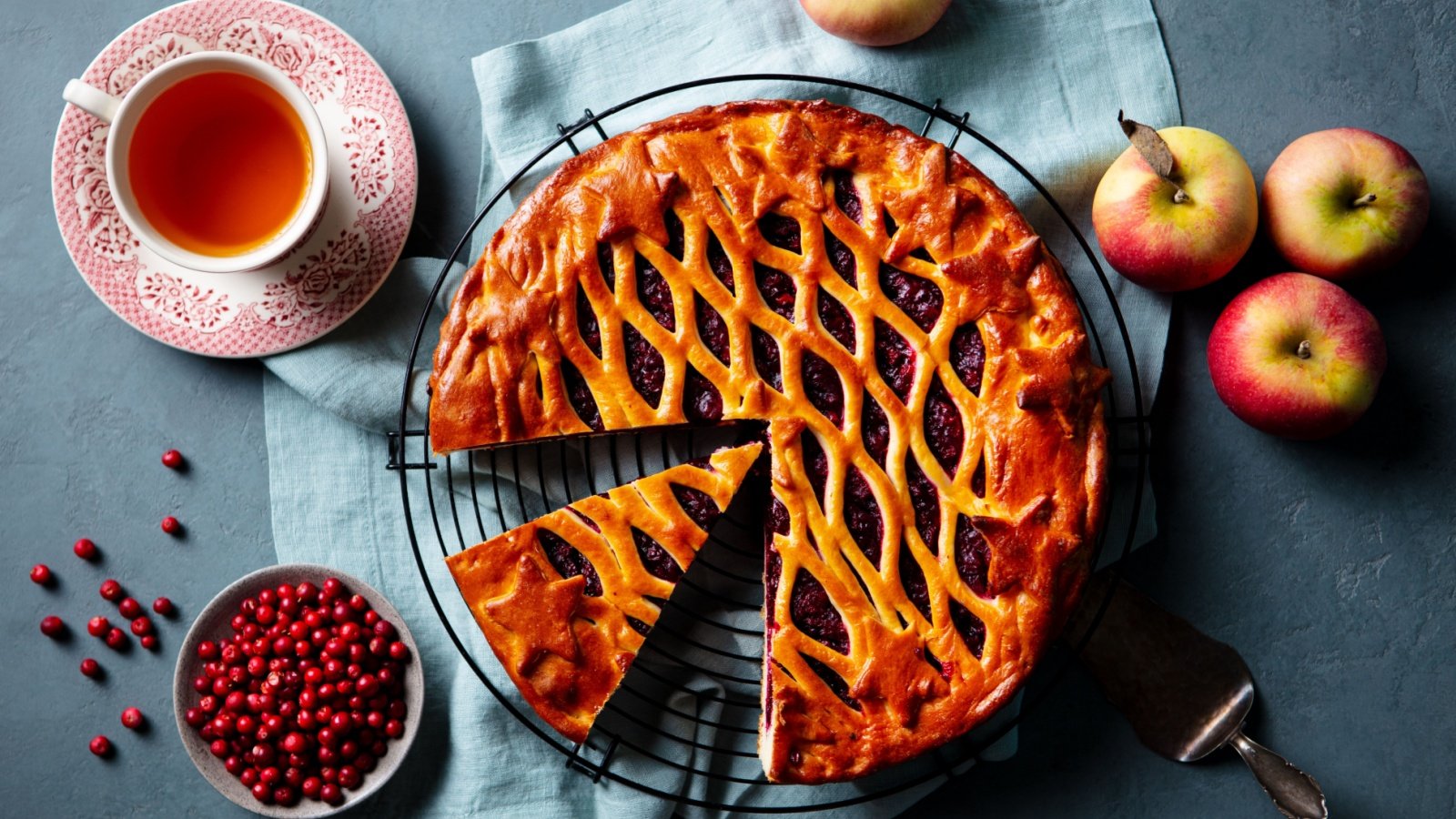
Apple pie, considered a quintessential American dessert, symbolizes home and patriotism. It consists of a flaky pastry crust filled with spiced apple slices. Often served with a scoop of vanilla ice cream, this dessert has been an enduring symbol of American culture and hospitality.



